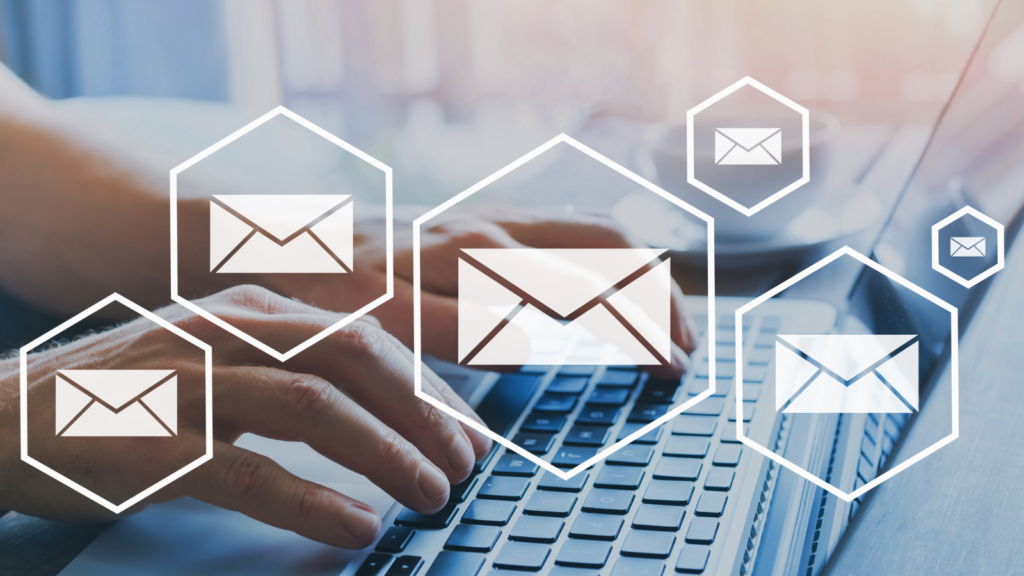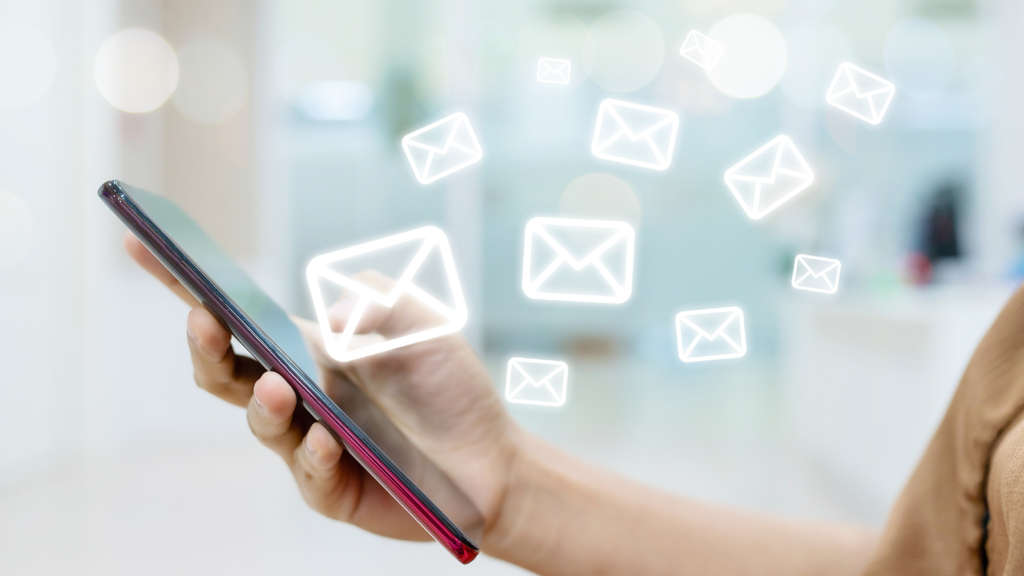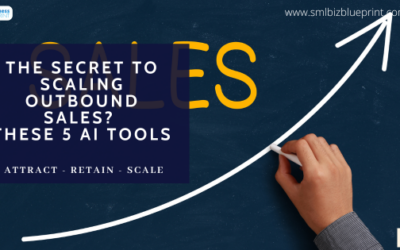Effective marketing strategies are crucial for businesses to connect with their target audience and drive growth.
Among the myriad of marketing tactics available, email marketing continues to reign supreme as a powerful tool for engaging customers and nurturing leads.
However, simply sending out a single email is often insufficient to make a lasting impact.
That’s where email follow-ups come into play.

This article will explore why email follow-ups are essential in your marketing strategy and how they can significantly enhance your customer relationships and drive conversions.
Section 1: The Power of Email Marketing
Email marketing has stood the test of time and remains one of the most effective channels for businesses to reach their audience.
Research shows that for every dollar spent on email marketing, the average return on investment (ROI) is an impressive $42 (DMA, 2019).
This high ROI can be attributed to several factors.
Firstly, email marketing lets you connect directly with your target audience, delivering personalised and relevant messages to their inbox.
Secondly, it provides a cost-effective way to communicate with many customers, avoiding the expenses of print materials or advertising campaigns.
With these advantages in mind, it’s clear why email marketing is a key component of any successful marketing strategy.
Section 2: The Importance of Follow-Up Emails
Follow-up emails play a critical role in building and maintaining strong customer relationships.
They allow you to stay top-of-mind with your audience, increasing brand recall and trust. Imagine a scenario where a potential customer visits your website, shows interest in a product or service, but doesn’t make a purchase.
Without follow-up emails, you risk losing that lead forever. However, by implementing a well-crafted follow-up email strategy, you can nurture that lead, provide additional information, and guide them through the sales funnel.
Moreover, follow-up emails offer the chance to deliver targeted content and offers to your audience.
By understanding their preferences and behaviours, you can personalise your emails and provide valuable information that resonates with their needs.
Whether it’s a limited-time discount, an invitation to a webinar, or a relevant blog post, follow-up emails allow you to deliver the right message to the right person at the right time.
This level of personalisation significantly improves engagement and increases the likelihood of conversion.
To illustrate the power of follow-up emails, let’s consider a hypothetical scenario. Imagine you recently launched a new product and sent your subscribers an initial email campaign. While the response was positive, some recipients didn’t take immediate action. However, with a well-crafted follow-up email highlighting the product’s benefits, providing customer testimonials, and offering an exclusive discount, you can capture their attention and turn them into paying customers.
Strategically following up demonstrates your commitment to meeting their needs and reinforcing your brand’s value proposition.

Section 3: Strategies for Effective Email Follow-Ups
To maximise the effectiveness of your email follow-ups, it’s essential to implement several key strategies:
Segmenting Your Email List:
One-size-fits-all emails are a thing of the past.
To deliver personalised and targeted follow-up messages, segment your email list based on demographics, interests, past interactions, and purchase history.
You can tailor your emails to their specific needs and preferences by grouping recipients with similar characteristics. For example, a clothing retailer could segment their list by gender, allowing them to send tailored product recommendations and promotions to each audience.
Crafting Compelling Subject Lines:
The subject line is the gateway to your email. It determines whether recipients open or ignore your message.
Make your subject lines compelling, concise, and intriguing to grab their attention.
Experiment with different approaches, such as posing a question, creating a sense of urgency, or offering an enticing benefit.
For instance, “Last chance to save 50% off your favourite products!” instantly conveys value and urgency, enticing recipients to open the email.
Delivering Valuable Content:
When crafting follow-up emails, focus on providing valuable content that educates, entertains, or solves a problem for your audience.
Share industry insights, expert tips, or exclusive access to resources. By delivering value, you position your brand as a trusted authority and build a stronger connection with your subscribers.
For instance, a software company could send a follow-up email with a step-by-step guide on maximising the use of its product.
Incorporating Calls-to-Action (CTAs):
Effective follow-up emails include clear and compelling calls to action that prompt recipients to take the desired action.
Whether making a purchase, signing up for a free trial, or attending a webinar, your CTAs should be prominent, visually appealing, and persuasive.
Use action-oriented language and create a sense of urgency to drive immediate engagement. For example, “Claim your exclusive discount now!” or “Limited spots available – reserve yours today!”
Section 4: Automation and Personalization
Implementing automation tools can significantly streamline your follow-up email process.
Automation allows you to set up a series of pre-designed emails that are triggered based on specific customer actions or predefined timelines.
This ensures consistent and timely communication with your leads and customers, even as your business grows.
Additionally, automation enables you to deliver personalised emails at scale by dynamically inserting customer information into the content, such as their name, recent purchases, or personalised recommendations.
Personalisation is a key ingredient in successful follow-up emails.
According to a study by Epsilon, personalised emails deliver six times higher transaction rates than non-personalized emails.
You can create tailored messages that resonate with your audience by leveraging customer data and behavioural insights.
Personalisation can extend beyond simply addressing the recipient by name; it can include recommending products based on their purchase history, acknowledging milestones, or offering loyalty rewards. The more relevant and personalised your follow-up emails, the stronger the connection you build with your customers.

Section 5: Tracking and Analyzing Results
Tracking and analysing key metrics is essential to optimise your follow-up email campaigns continuously.
By monitoring open rates, click-through rates, conversions, and other relevant metrics, you gain valuable insights into the effectiveness of your emails.
A/B testing is a powerful technique that allows you to compare different elements of your emails, such as subject lines, content, or CTAs, to determine which versions generate better results.
By leveraging data-driven insights, you can make informed decisions to refine and improve your follow-up email strategy.
FAQs:
Q1: How frequently should I send follow-up emails?
A: The frequency of follow-up emails depends on your specific business and customer preferences. However, it’s important to balance staying top-of-mind and avoiding overwhelming your subscribers. A general guideline is to send follow-up emails within a reasonable timeframe after the initial contact and then space them out strategically
Q2: What should I do if my follow-up emails are not getting a good response?
A: If your follow-up emails are not generating the desired response, there are a few steps you can take. First, review your email content and subject lines to ensure they are compelling and engaging. Consider personalising your messages further based on customer preferences. Additionally, analyse your email metrics to identify areas for improvement. A/B testing elements, such as subject lines, CTAs, or content, can help you identify what resonates best with your audience. Finally, don’t hesitate to contact your customers directly for feedback to understand their needs and expectations better.
Q3: How can I measure the success of my follow-up email campaigns?
A: To measure the success of your follow-up email campaigns, track key metrics such as open rates, click-through rates, conversion rates, and overall engagement. These metrics provide insights into the effectiveness of your emails and help you identify areas for improvement. Additionally, monitor customer actions after receiving your follow-up emails, such as purchases, sign-ups, or webinar registrations, to gauge the impact of your campaigns on driving desired actions. Use A/B testing to compare different versions of your emails and analyse the results to optimise your approach continuously.
Q4: Can I automate follow-up emails without losing personalisation?
A: Absolutely! Automation tools allow you to streamline your follow-up email process while still delivering personalised messages. By leveraging customer data, you can dynamically insert personalised information into your emails, such as names, recent purchases, or recommendations based on past behaviour. Automation ensures consistent and timely communication, freeing up your time to focus on other aspects of your business. Balancing automation and personalisation is important to maintain a genuine customer connection.
Q5: How do I segment my email list for effective follow-up campaigns?
A: Segmenting your email list is crucial for delivering targeted and relevant follow-up emails. Start by analysing your customer data and identifying key criteria for segmentation, such as demographics, purchase history, interests, or engagement level. Use email marketing software that allows you to create segments based on these criteria. Tailor your follow-up emails to each segment’s specific needs and preferences, ensuring your messages resonate with their interests. Regularly review and update your segments as your customer base evolves to ensure ongoing relevance and effectiveness.
Conclusion
Email follow-ups are an indispensable component of a successful marketing strategy. By leveraging the power of follow-up emails, you can nurture leads, build strong customer relationships, and drive conversions.
Remember to segment your email list, craft compelling subject lines, deliver valuable content, incorporate persuasive calls-to-action, and automate your follow-up emails while maintaining personalisation.
Track and analyse your results to continually refine your approach and optimise your follow-up email campaigns.
By implementing these strategies and staying responsive to your customer’s needs, you’ll unlock the full potential of email follow-ups and achieve remarkable results in your marketing efforts.




